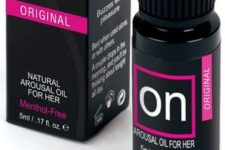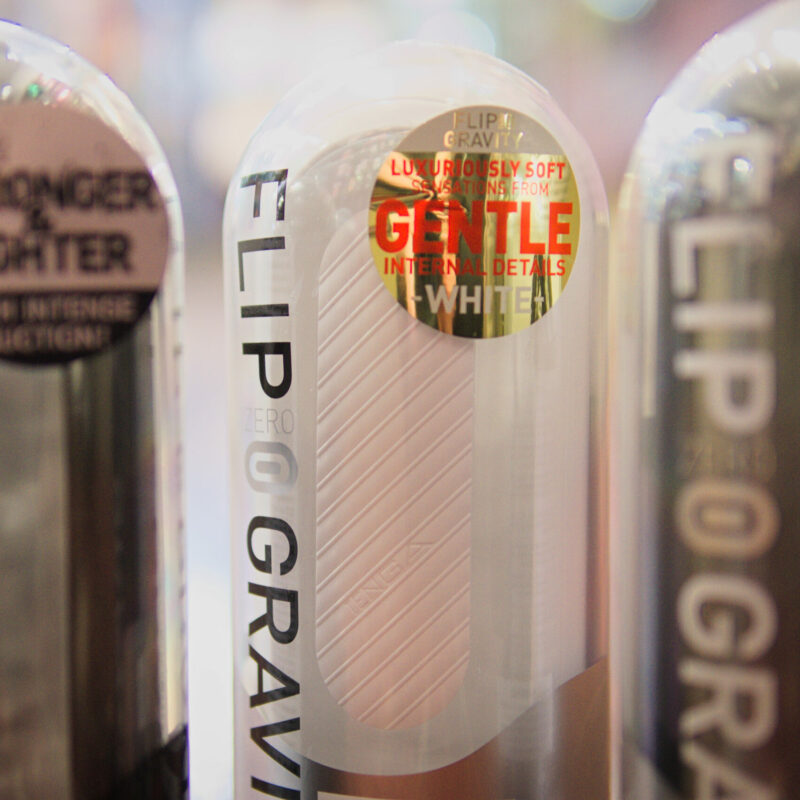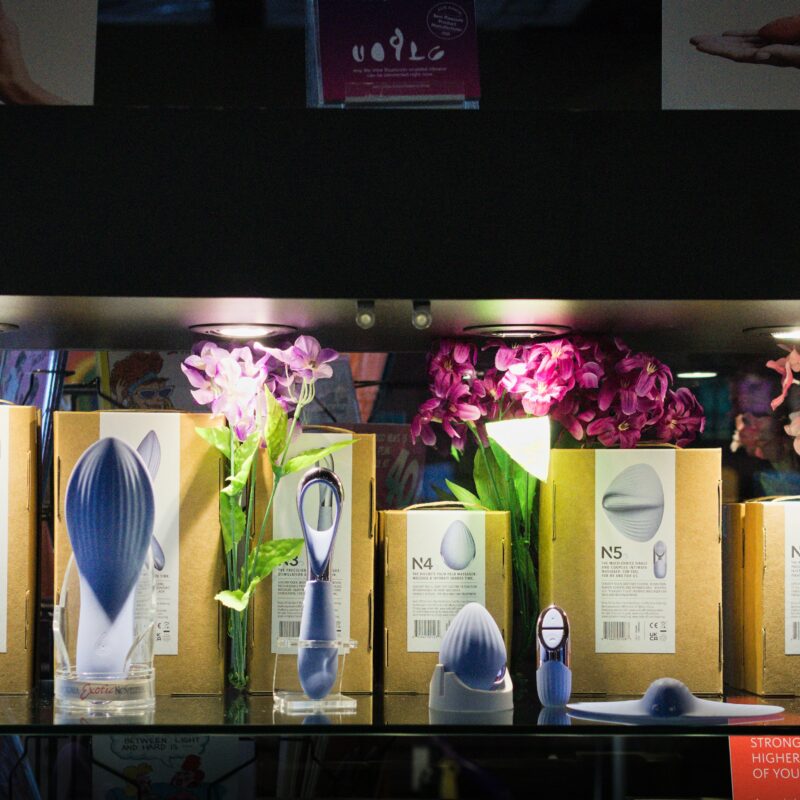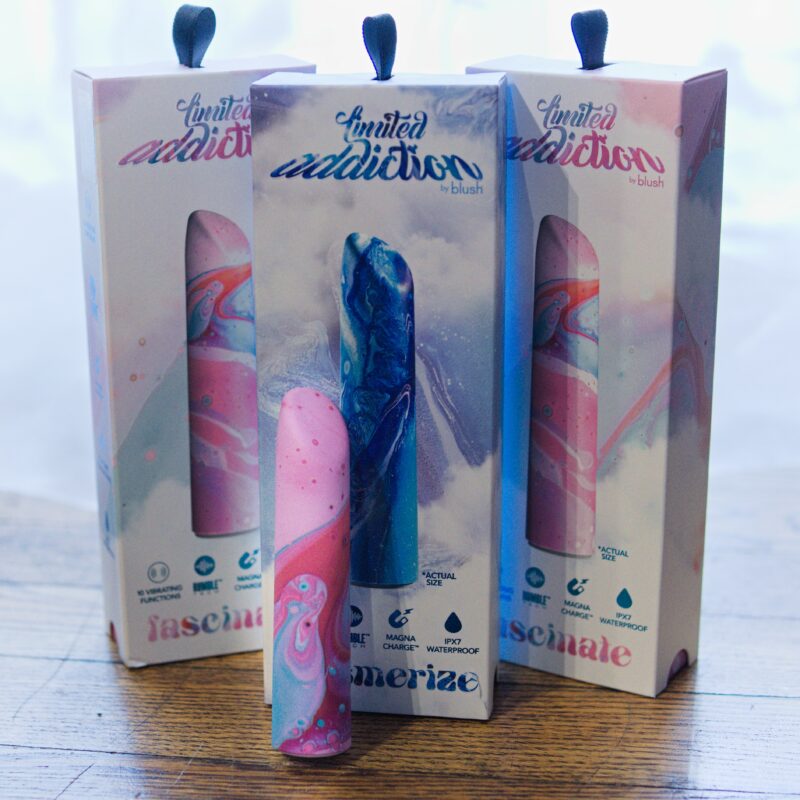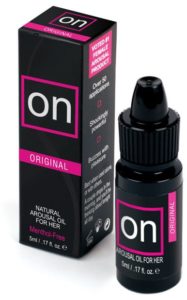 I was extra inspired this week. Today I would like to go over the common active ingredients in some of our topical sensation enhancers. This is not an exhaustive list, only a light overview of the most frequently mentioned when scanning ingredients. Most of them have a blend of two or more, so it would be an untidy list if I tried to detail what has which, for every brand we carry. Regardless, the next time you wonder, “But how does it work,” you have some ammunition. I am not embarrassed to admit, I learned quite a bit myself in doing this research.
I was extra inspired this week. Today I would like to go over the common active ingredients in some of our topical sensation enhancers. This is not an exhaustive list, only a light overview of the most frequently mentioned when scanning ingredients. Most of them have a blend of two or more, so it would be an untidy list if I tried to detail what has which, for every brand we carry. Regardless, the next time you wonder, “But how does it work,” you have some ammunition. I am not embarrassed to admit, I learned quite a bit myself in doing this research.
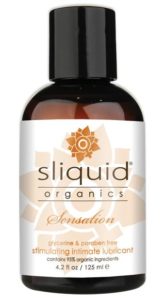 Menthol and Peppermint: When looking at company produced materials, I sometimes see these two listed separately with different supposed properties. That is not the case. Menthol is a chemical component of peppermint. Menthol is more concentrated, but the properties are the same. The best known property of menthol is its ability to artificially trigger a feeling of cold. (As a fun fact, the specific receptors it interferes with are called TRPM8.) It is this that gives the icy/hot tingle we associate with most topical stimulants. Menthol, in high concentration, can be a mild skin irritant, so start with less and work up.
Menthol and Peppermint: When looking at company produced materials, I sometimes see these two listed separately with different supposed properties. That is not the case. Menthol is a chemical component of peppermint. Menthol is more concentrated, but the properties are the same. The best known property of menthol is its ability to artificially trigger a feeling of cold. (As a fun fact, the specific receptors it interferes with are called TRPM8.) It is this that gives the icy/hot tingle we associate with most topical stimulants. Menthol, in high concentration, can be a mild skin irritant, so start with less and work up.
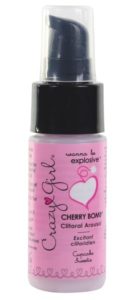 Capsicum: While opposite in effect, capsicum works very similarly to menthol. In this case, the active ingredient is a vanilloid (receptor VR1). The result is an illusory feeling of heat. The interesting bit? While the warmth is phantom, the body will typically respond as it would to a real burn. This includes increased blood flow to the effected area, slight swelling, and a release of endorphin. As an added bonus, it has natural anti fungal and anti-microbial properties.
Capsicum: While opposite in effect, capsicum works very similarly to menthol. In this case, the active ingredient is a vanilloid (receptor VR1). The result is an illusory feeling of heat. The interesting bit? While the warmth is phantom, the body will typically respond as it would to a real burn. This includes increased blood flow to the effected area, slight swelling, and a release of endorphin. As an added bonus, it has natural anti fungal and anti-microbial properties.
L-Arginine: When used topically, arginine is a vasodilator. Where there is improved circulation, it would follow that nerve endings have more sensitivity. It also causes a flush of warmth to the applied area. Proceed with caution as this one can be irritating to some individuals when used topically.
Cinnamon: The effects if cinnamon extracts are functionally identical to arginine. When used topically, it is also a vasodilator. As capsicum above, it is a natural antimicrobial as well.

